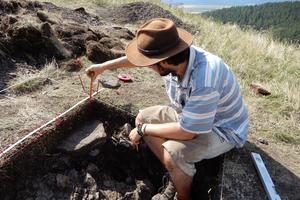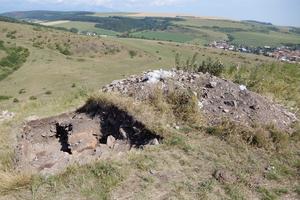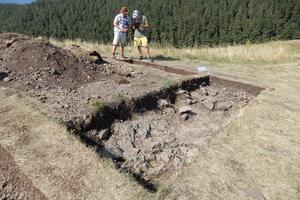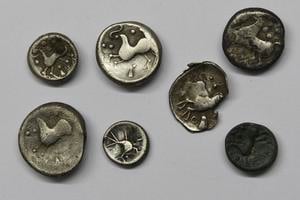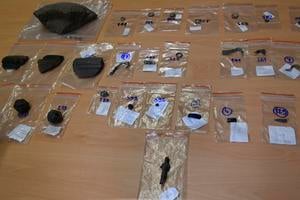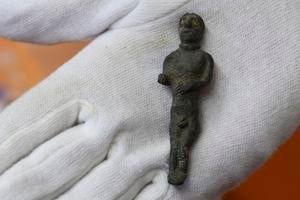This year's archaeological research at the hillfort in Jánovce near Poprad has revealed traces of a five thousand-year-old settlement on the site, showing the site was home to a flourishing community in pre-Celtic times.
During research over the last three years, archaeologists have unearthed thousands of various objects.
In the previous two years, archaeologists examined the northwestern part of the fortifications of the fort, which consisted of a pair of ramparts with a moat between them.
"On the basis of archaeological findings, as well as the results of radiocarbon dating of the preserved parts of the wooden lattice structure, we can say that the investigated fortification was built in the late Late La Tene period, specifically at the beginning of the 1st century BC, and violently disappeared at the end of it," Mária Hudáková from the Spiš Museum in Spišská Nová Ves, who is heading up the research, said at a press conference, as quoted by the SITA newswire.
At the beginning of July this year, her team started researching the aforementioned trench.
"From preliminary results, the numerous finds of fragments of richly decorated ceramic vessels and stone industry, which belong to the Baden culture from the Late Stone Age, i.e. the period 3,500-2,900 BC, will be interesting," Hudáková said.
Part of fortification dates back to Stone Age
The findings suggest that part of the fortification dates back to the Late Stone Age.
"From this point of view, we can say that the settlement here flourished in this period, not only in the Celtic period which we associate with Púchov culture," Dominik Repka from the Department of Archeology of the Faculty of Philosophy of the University of Constantine the Philosopher in Nitra, explained.

The research also showed that at the time of the Púchov settlement, i.e. in the period from the 3rd century BC to the 2nd century AD, according to him, people in this area were engaged in intensive craft works and related trade.
“They mined and prospered due to the proximity of mineral resources. They mined various metals, from which they also produced various objects, which they further distributed and traded with," he said.
Objects found at the site suggest these commercial activities extended to Moravia, Poland, the Balkans and parts of the Roman Empire.
Disappeared at end of the first century
This year, in the northwestern part of the castle, archaeologists continued to investigate the remains of what seems likely to have been wooden building with a wheel or column structure judging by wheel pits carved into the bedrock.

In addition to ceramic vessels, animal bones, metal parts of clothing, ornaments and craft tools have also been found at the building.
The museum wants to present the finds from the site in an exhibition. Some previous finds have already gone on display at the History of Spiš exhibition, including a unique bronze statue of a Celt with golden eyes.


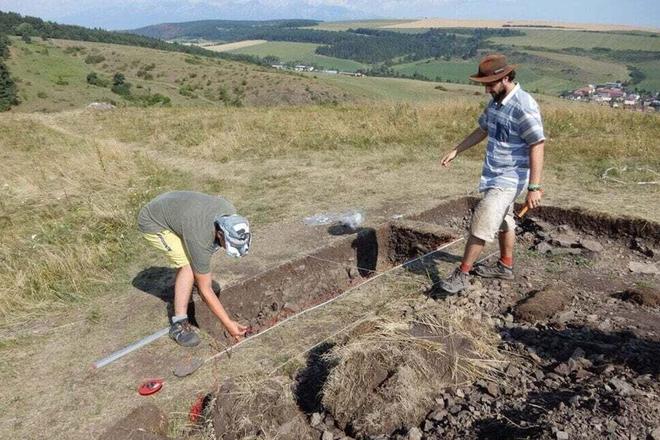 (source: TASR)
(source: TASR)
